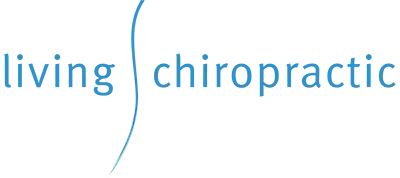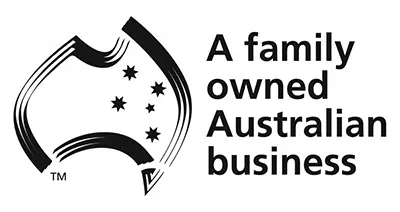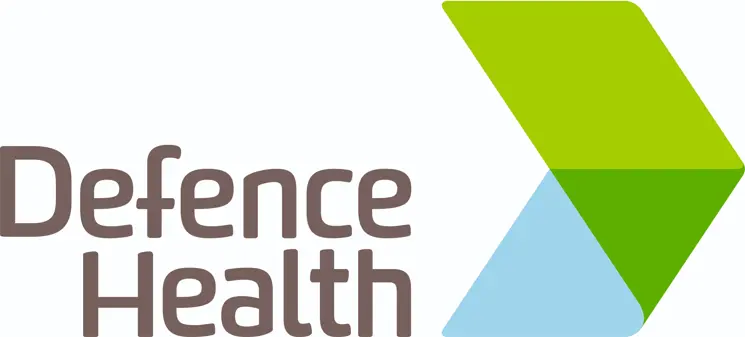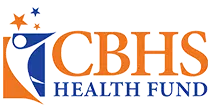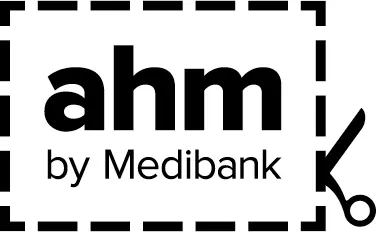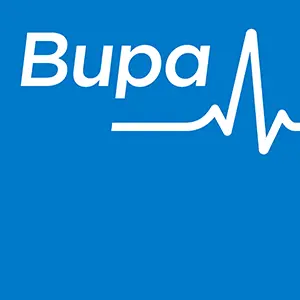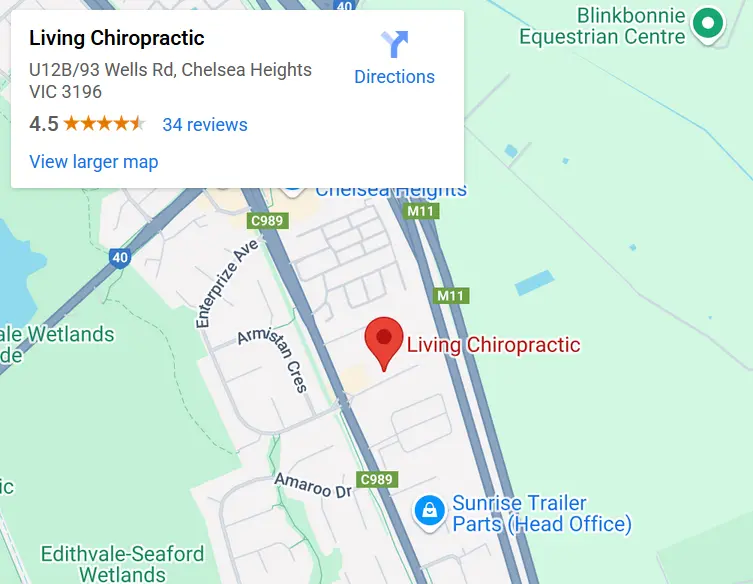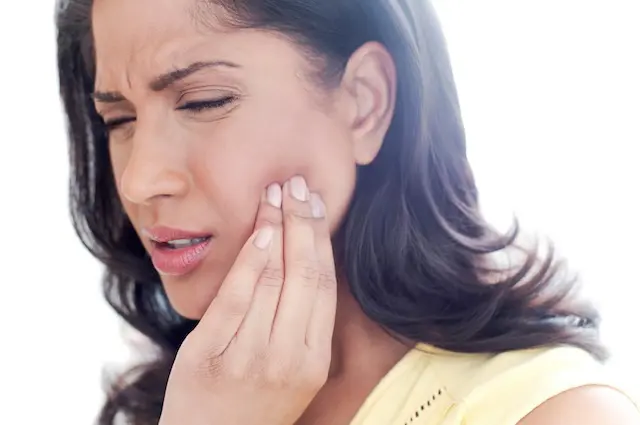
TMJ (Jaw) Care
Our chiropractor, Dr. Michelle Clarke, has a special interest in TMJ and jaw growth and offers dedicated consultations for assessment of your TMJ.
TMJ stands for temporo-mandibular joint – the joint formed between the temporal bone of the skull (head) and the mandible (lower jaw bone), otherwise known as your jaw joint. Dysfunction of the TMJ is known as TMD (temporo-mandibular joint dysfunction). TMD can arise from several different causes and presents in many ways.
Dysfunction of the TMJ can result in inflammation of the joint, reduced jaw movement, tight and sore muscles around the jaw, ear, upper neck and head, joint derangement or displacement of the joint disc, uneven movement and/or clicking. Signs and symptoms of TMD often present as pain in the jaw or face, headaches, jaw muscle tightness, clicking in the TMJ, jaw deviation to one side with mouth opening, pain with chewing, or the inability to fully open or close your mouth.
What is not commonly known, is that it can also be associated with grinding of the teeth (bruxism), jaw clenching, pain that is perceived as tooth pain, tinnitus (ringing in the ears) and headaches.
FAQs for TMJ Care
What causes TMD?
TMD can arise due to several reasons and is often multifactorial. Pain can occur suddenly, which is often associated with sharp pain over the jaw region, or slowly over time, commonly creating an ache around the jaw.
Causes include trauma (past or recent) to the face or jaw, altered spinal posture resulting in a forward head position, orthodontic work, upper neck joint dysfunction, altered development of the maxilla (upper jaw) and sleep disordered breathing.
There are also conditions that can not only contribute to, but worsen or complicate TMD, including stress and anxiety, bruxism, malocclusion (abnormal bite), mouth breathing and joint hypermobility (increased movement of joints of the body).
Who presents with TMD?
Both adults and children can present with TMD. Both children and adults tend to have other accompanying orofacial myofunctional disorders (see our section on orofacial myology) and these are screened for during a consultation.
What kinds of treatmnet help TMD?
Treatment for TMD depends on the contributing causes. Many TMD presentations are treated with soft tissue therapy (massage) around the jaw and neck and inside the mouth, exercises for the jaw, neck and/or tongue, and chiropractic joint adjustments and joint mobilisation. Treatment may extend to co-management with other appropriate healthcare providers via intra-oral splints or devices, addressing airway obstruction or dental intervention.
Who can I see if I think I have TMD?
If you suspect you have TMD, it is important that an assessment is completed by a practitioner who has a specific training in TMD. As there are many causes and conditions often associated with TMD, it is important to identify primary causes and contributing factors. There are many different practitioners who assess and/or treat TMD or the conditions that may accompany it. These practitioners may include dentists, physiotherapists, orthodontists and of course chiropractors.
Dr. Michelle Clarke has a special interest in TMJ and advanced training in TMD and orofacial myology. She has developed a referral network including dentists, orthodontists and ENT (ear nose throat) specialists to be able to help address the potential causes of TMD when required.
